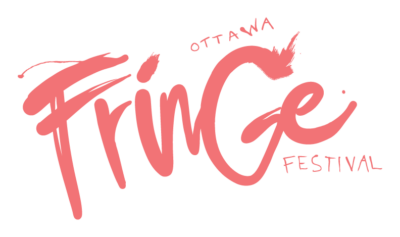Pitching like a pro
In the lead up to Ottawa Fringe 2013, I’ve shared email threads with several artists re: DIY promo. I’ve written about generating media interest and today am reading similar requests. Suffice to say, it seems more than a small contingent of the Festival’s 54 productions plan to pitch stories to the press. So let’s dig a little deeper into the subject.
As a former editor and producer, I can assure you that journalists are always after good story ideas. That may not mean the same to you as it does to the press. What’s awesome in your mind may not be as important to others and deserving of the Ottawa Citizen’s cover. There have been more cases than not when a pitch has flooded my screen with endless information about the sender’s story being the perfect fit for my publication, only to be deleted faster than your parents said “no” to a dirt bike.
RT @rs_flinn: @dearpr: please don’t send pitches that are pages long and aren’t even on my beat.
— Dear PR (@DearPR) January 24, 2013
FOUR TIPS
- Know the publication. If it’s local, offer a local angle. Make it clear why Ottawa readers would have interest in your story.
- Know the players. You don’t read the flyers sent to your house addressed to “Occupant”. Just as no reader will feel encouraged to read another line beyond “To whom it may concern”. Personalizing your pitch makes a world of difference. It helps to read up on what sort of topics the writer has covered lately. What does your story bring to the conversation?
- Have multiple angles. When your first approach doesn’t fly, it doesn’t hurt to offer another angle. The goal is to see your super story published.
- Get off-beat. Calm down, I said “off-beat”. There’s only so much space for theatre and arts coverage in Ottawa’s publications. Good thing there’s more to a play than actors, stage managers and directors. After you’ve invited critics to your show, start thinking about the ways in which your story could interest readers who aren’t perusing thea-tuh reviews. Take a look through the Ottawa Fringe media kit to see what sort of creative angles our comms team have picked up on (and feel free to use those PDFs as a tool of your own).
THE PITCH
It’s quick, clean and concise. This isn’t the place to include your bio, acting credits, hi-res photos, play synopsis, promo video, social media links, tour dates … your webpage is.
Everyone has their own style, but here’s a good place to start:
First paragraph: Introduce your role in the story, include a link to your website, and show you’ve done your research with a compliment.
Second paragraph: Give them the news and a link, then give another angle in case the first doesn’t stick.
Third paragraph: Phone and email contact info. None of this “I look forward to hearing from you” crap … it’s presumptuous.
Fourth paragraph: Thank them and be sure to use the person’s name once more. The most beautiful word in any language is one’s name.
GOOD LUCK MAKING HEADLINES
Having a grasp of the business-end of theatre is essential for indie companies working to create full-time gigs for artists. Know that you’re not in this alone. When your show is successful, the Festival is too. So let our comms team be your partner and resource. You don’t get many mulligans with publicity, so why not send your first pitch my way for feedback? Don’t think twice to hit me up.
Email: publicity@ottawafringe.com
Twitter: @ottawafringe





























Appreciating the hard work you put into your site and in depth information you provide. It’s great to come across a blog every once in a while that isn’t the same out of date rehashed material. Excellent read! I’ve saved your site and I’m including your RSS feeds to my Google account.